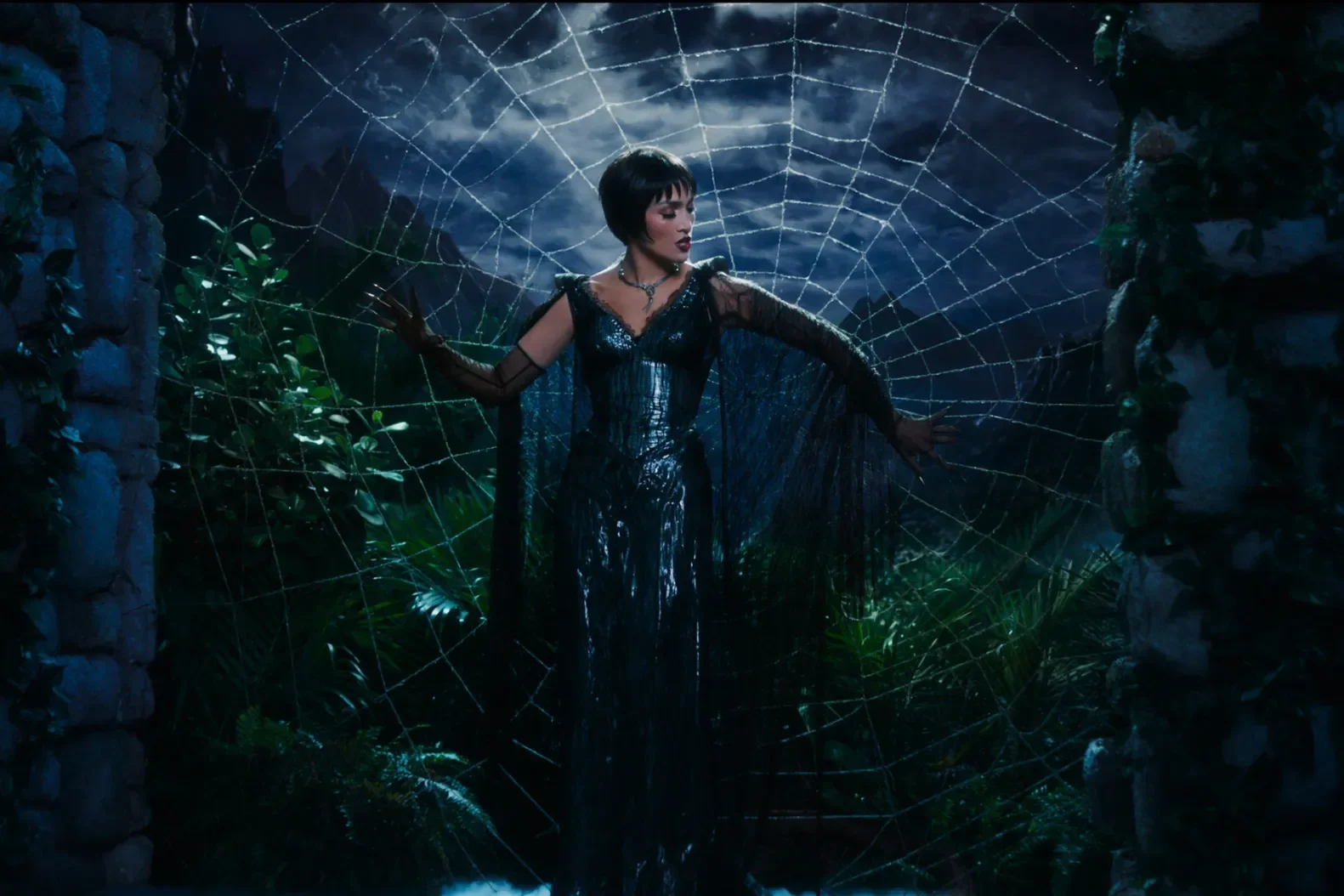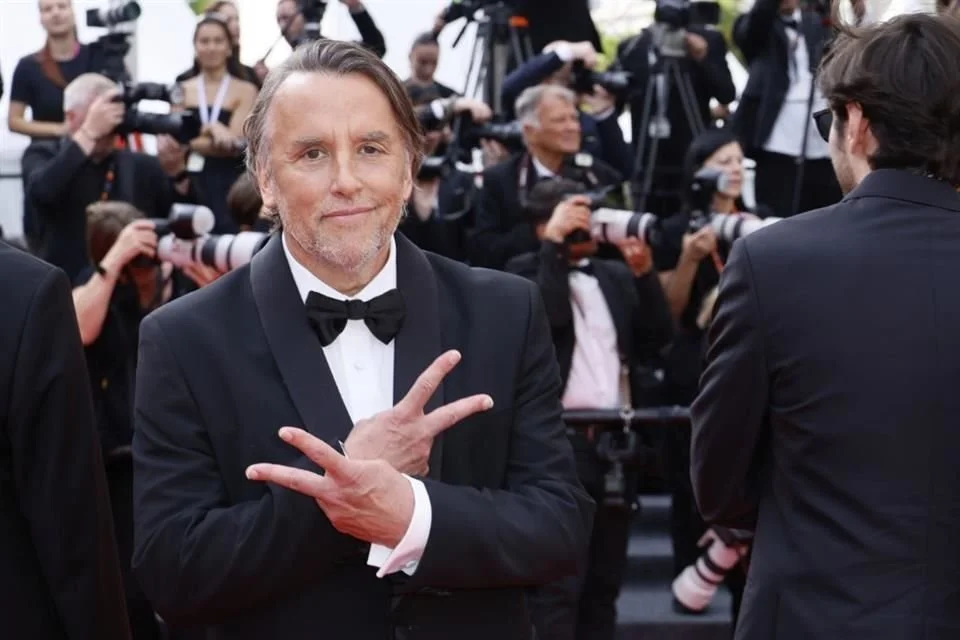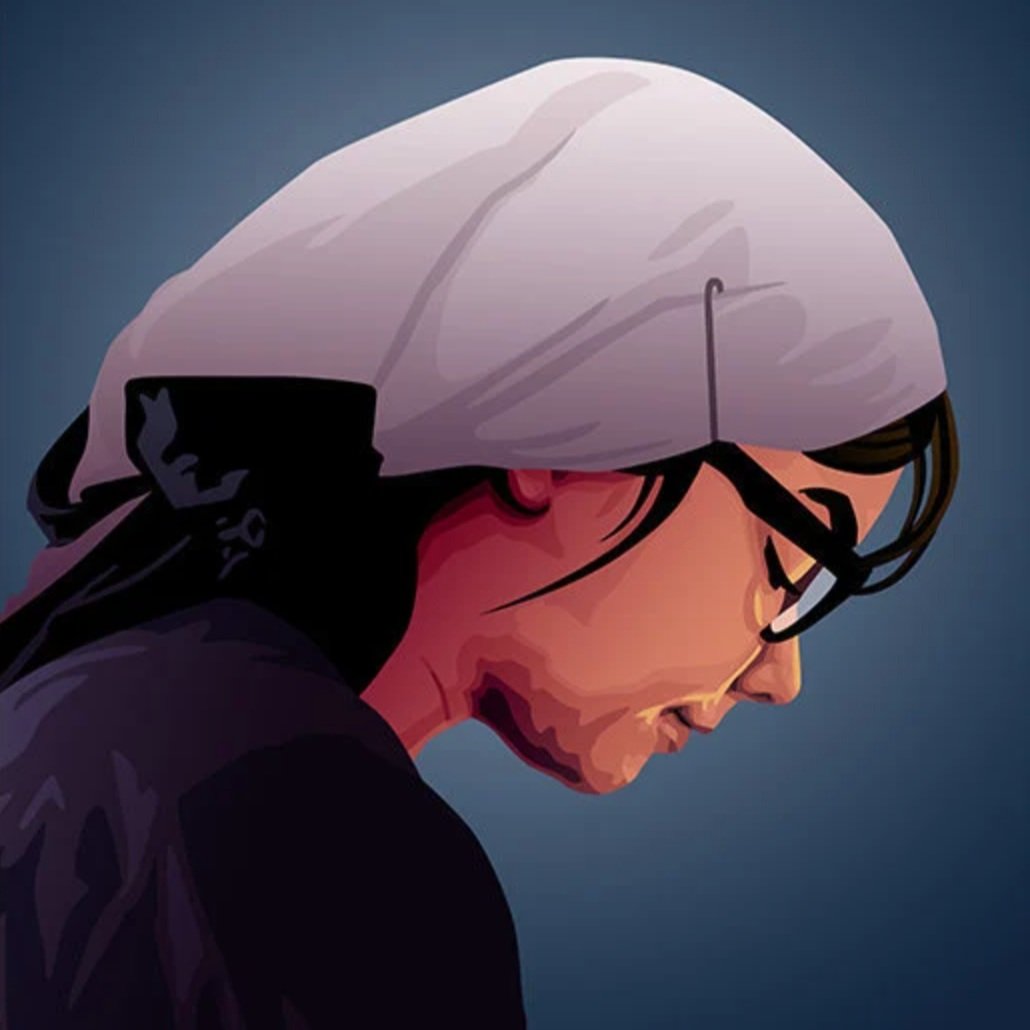Ranking the Films of Fernando Di Leo’s Milieu Trilogy
Fernando Di Leo woke up and chose violence.
A couple of months ago, I watched this re-release trailer made in honor of the new 4K restorations of Fernando Di Leo’s Milieu Trilogy. The music alone was enough to inspire me to seek out these films (props to Luis Bacalov for the kick-ass rock score), along with other elements that commanded my attention: a guy falling off a building ledge in slow motion, handheld camera maneuvers that make you feel like you’re in on the action, Mario Adorf acting like a lunatic, Henry Silva’s stern and sculpted face, and the bold stylized typography of the striking red-on-black title card. I knew I had to investigate further, and so I did. About a week later, I trotted on down to Metrograph (an indie movie theater in NYC—also my second home) and saw two of the three films: The Boss and The Italian Connection, the latter giving me my first experience of being the only girl in the auditorium. Watching these films, I experienced a rollercoaster of emotions, such as shock, disgust, anxiety, and euphoria. I instantly took to the music, actors, action, and Franco Villa’s lively cinematography, just like when I watched the trailer. As soon as I got home from the theater, I rewatched my favorite scenes and went down a Henry Silva rabbit hole (he stars in both films I watched, and I’m proud to say I’ve seen half of his filmography by now). Months later, I finally watched Caliber 9, which solidified my enthusiasm for Di Leo’s thrilling direction and motivated me to re-examine the trilogy.
Older, ambitious films like these are always interesting to watch because the limitations set by the existing technology of whatever archaic time in which the film was made can either lead you to be thoroughly impressed or on the floor cackling. In Di Leo’s trilogy, you’ll instantly recognize the stunt dummies. You’ll also notice that most characters getting riddled with bullets never bleed; when they do, the blood is comically bright red. As funny as this was, it was still somewhat unsettling for me to watch—but also slightly refreshing. I’m glad that technology has progressed, but I don’t know if I’m ever dying to see what it’s like when someone's head is “properly” blown off.
With all that being said, I definitely don’t expect this trilogy to be everyone’s cup of tea. The Poliziotteschi genre certainly leans into its exploitative nature: violence, destruction, and hypersexualization of women. For the most part, the actors play heightened archetypes. There is some questionable dubbing, maybe excessive expository dialogue, a little misogyny… I just think you're supposed to have fun with it. Embrace the chaos. If you can't take to the stories (which I find mostly intriguing), then maybe you can appreciate the effort that went into making these films, and the history behind them. The trilogy contains pretty blatant political messaging that I know so little of, so it’d probably be fascinating to rewatch with the knowledge of Italy's socio-political landscape in the 70s. But, I've taken a liking to the films without knowing all that stuff (yet), so I've decided to rank them from my least favorite to my favorite.
3. THE BOSS (1973)
LOGLINE: A hitman finds himself embroiled in the middle of a Mafia war between the Sicilians and the Calabrians (IMDb).
While Silva just dazzles as a stone-cold psychopathic killer, the film lacks some elements that make the rest of the trilogy so great. I thought the storyline was just okay, I wasn’t rooting for anyone. Overall, it felt dirty and random. Also, no erotic dance sequence? Di Leo has an eye for those. However, it was still entertaining and included some crazy action and practical effects, like the fiery opening sequence. It also contains, possibly, my favorite score of the entire trilogy, and my favorite shot: a low-angle of Silva furiously strutting. The man oozed swag.
2. CALIBER 9 (1972)
LOGLINE: A former gangster is forced to resume his old lifestyle when his violent, jealous ex-colleagues and the police believe that he knows the location of a stolen cache of $300,000 (IMDb).
If someone were to claim this as the best film of the trilogy, I wouldn’t argue with them. I enjoyed Gastone Moschin as Ugo Piazza, the film’s stoic lead. The supporting performances were also strong: Mario Adorf’s volatile Rocco Musso was equally terrifying and hilarious, Barbara Bouchet was alluring as Nelly Bordon, and Philippe Leroy’s Chino was sincere and compelling. I found the twists genuinely surprising, and the opening was my favorite from the trilogy. Though there wasn’t much of it shown, I enjoyed the romance between Moschin and Bouchet’s characters; it brought some warmth to the film.
1. THE ITALIAN CONNECTION (1972)
LOGLINE: A Milanese pimp is pursued by - and then pursues - a pair of New York hitmen and the gangsters who framed him for stealing a shipment of heroin (IMDb).
Numero uno. The intensity is through the roof in this film. Mario Adorf makes a captivating Luca Canali, the protagonist of the film. Silva is in it too, partnering up with a cool, calm, and collected Woody Strode (they’re supposedly the inspiration behind the black-and-white duo in Pulp Fiction). I adored Francesca Romana Coluzzi as Trini—I've never seen anyone wear a giant blue curly wig so effortlessly. Armando Trovajali provides a killer score, and the song “Promises” playing during the club scenes is so groovy. There’s humor in all of the films, but I find this one to be the funniest. The fight sequences are great. Best of all, though, is the long, nail-biting chase sequence. I was close to crashing out multiple times. I would’ve appreciated a more standout opening—like the ones in the rest of the trilogy—but the film’s ending makes up for it.
Popular Reviews




















